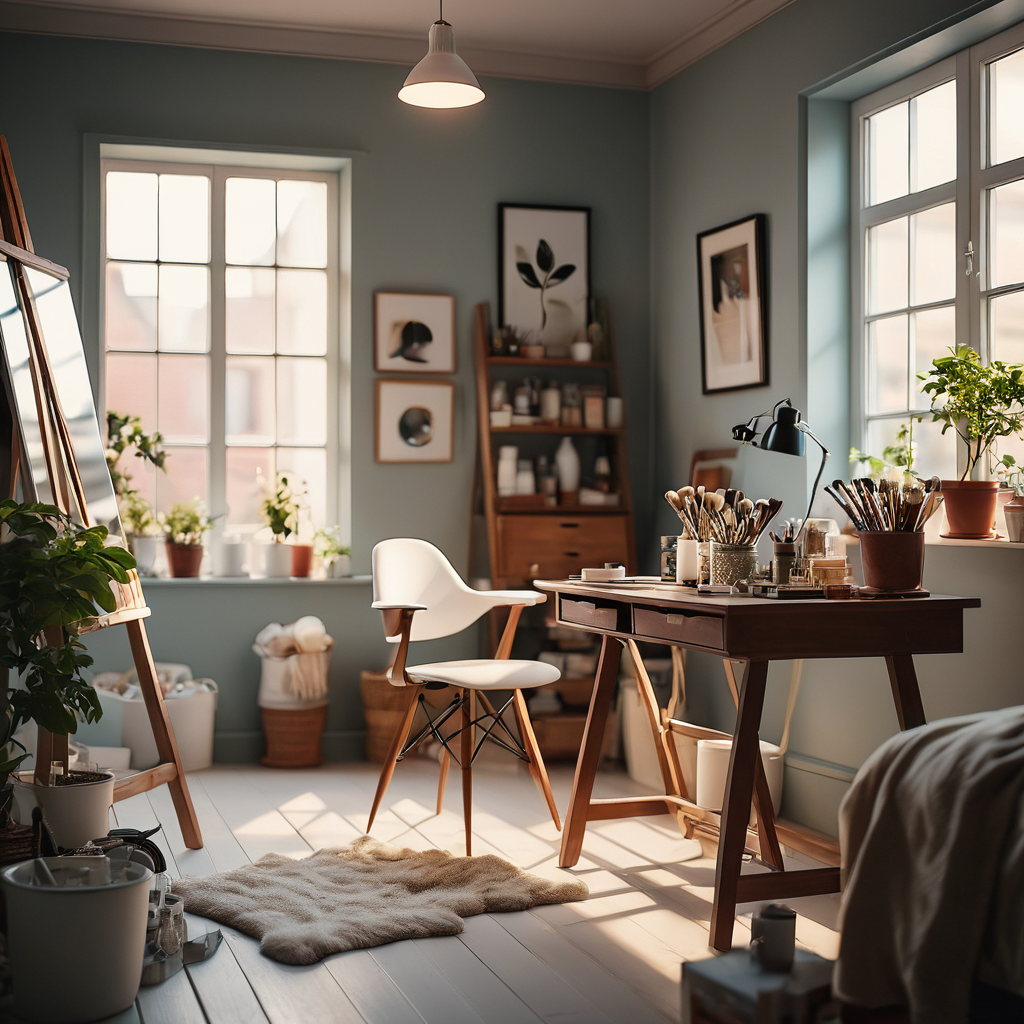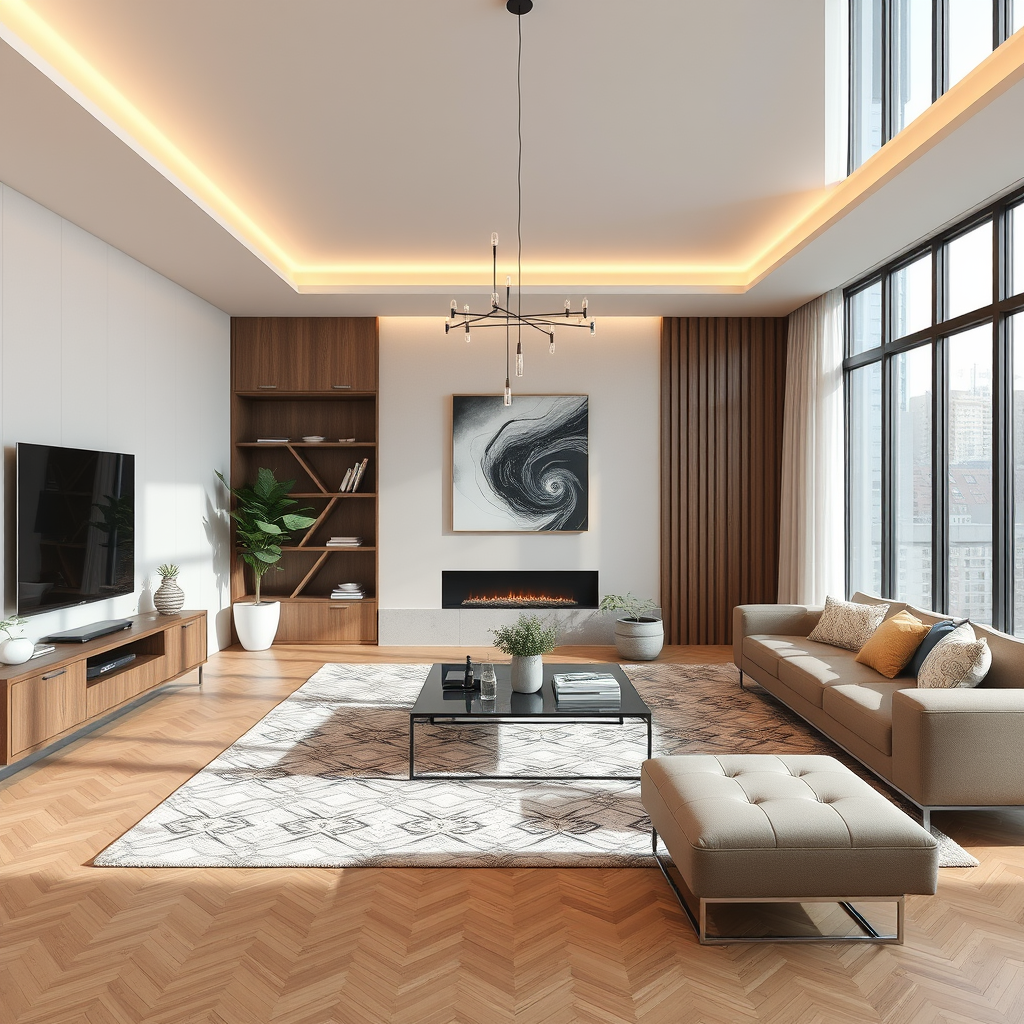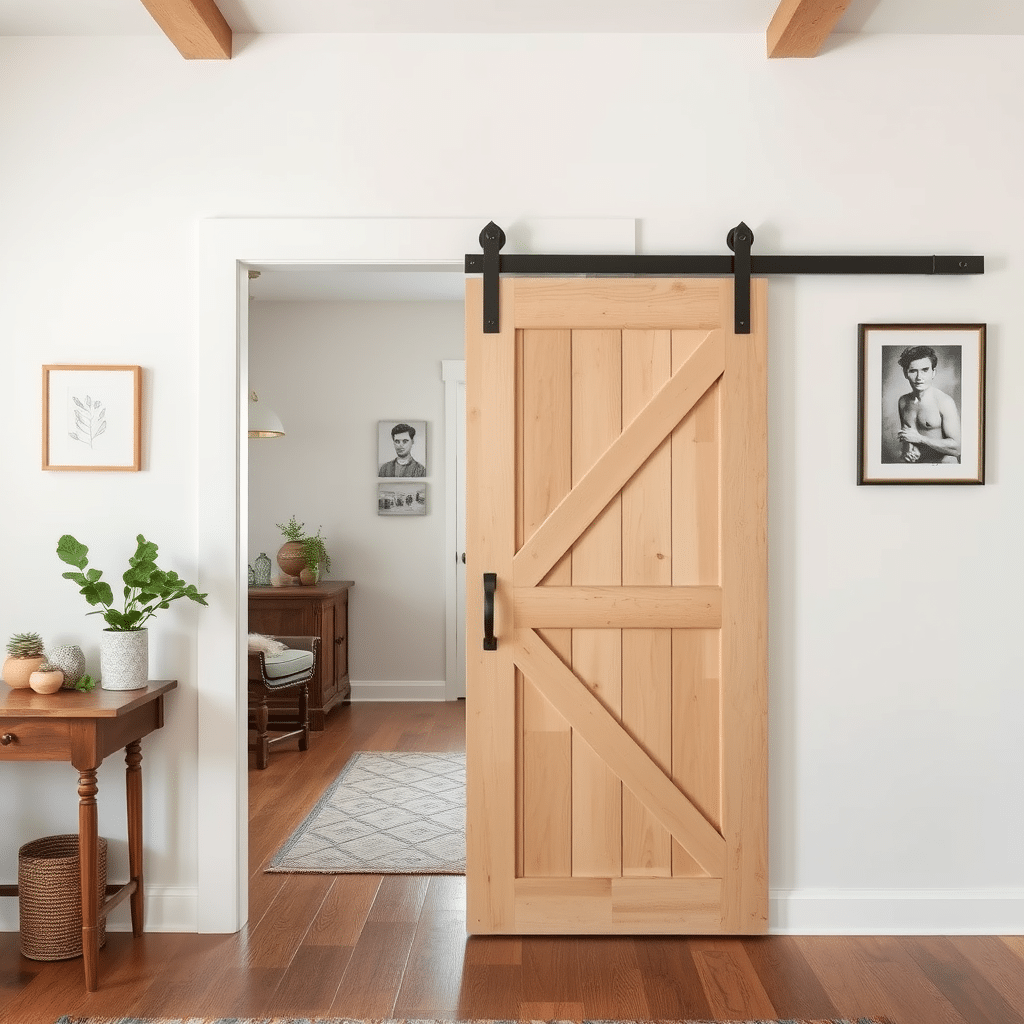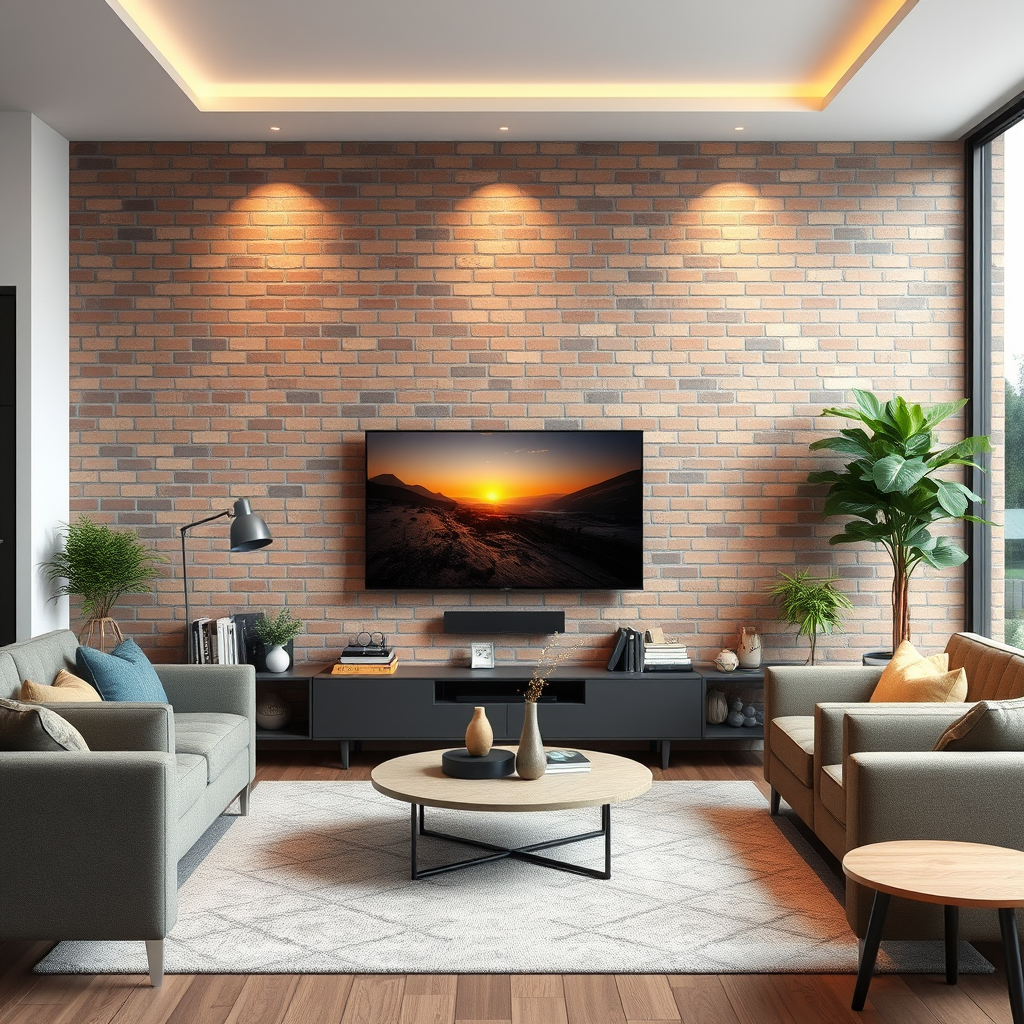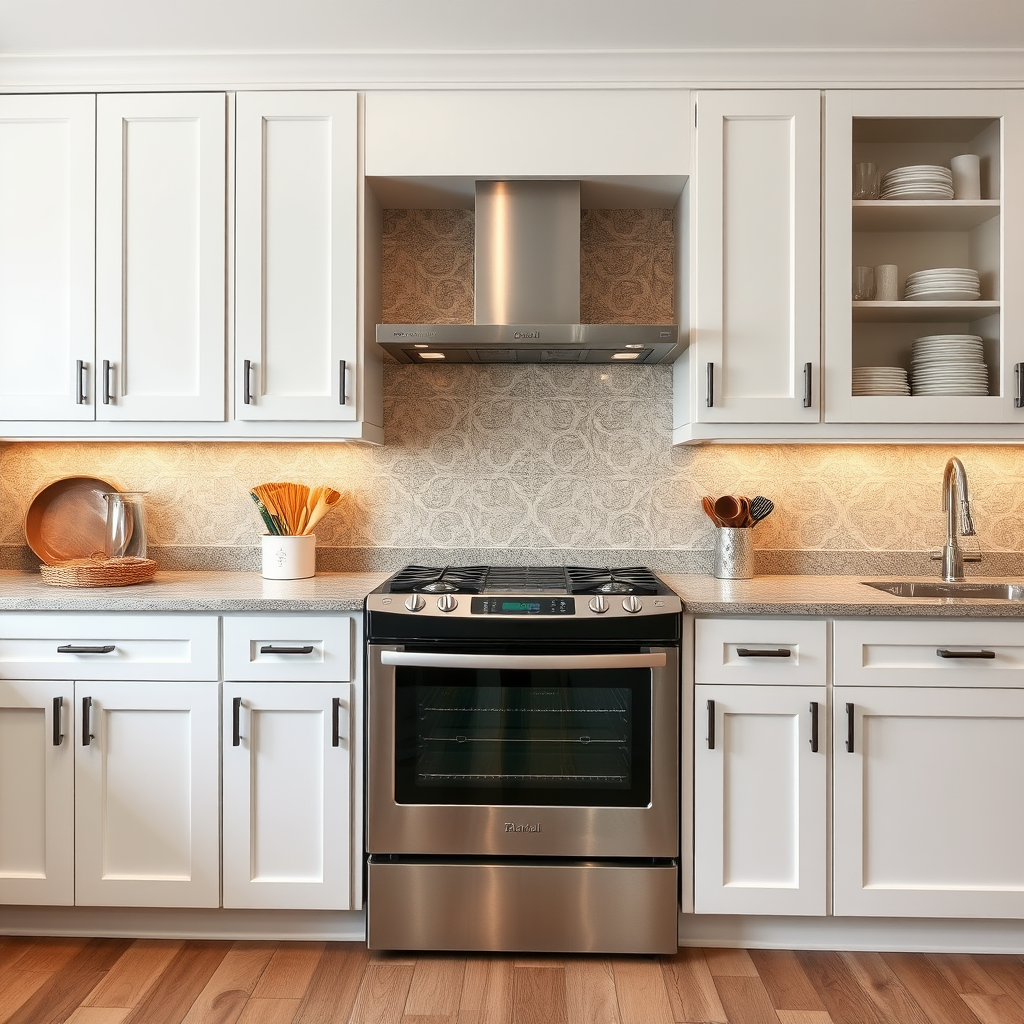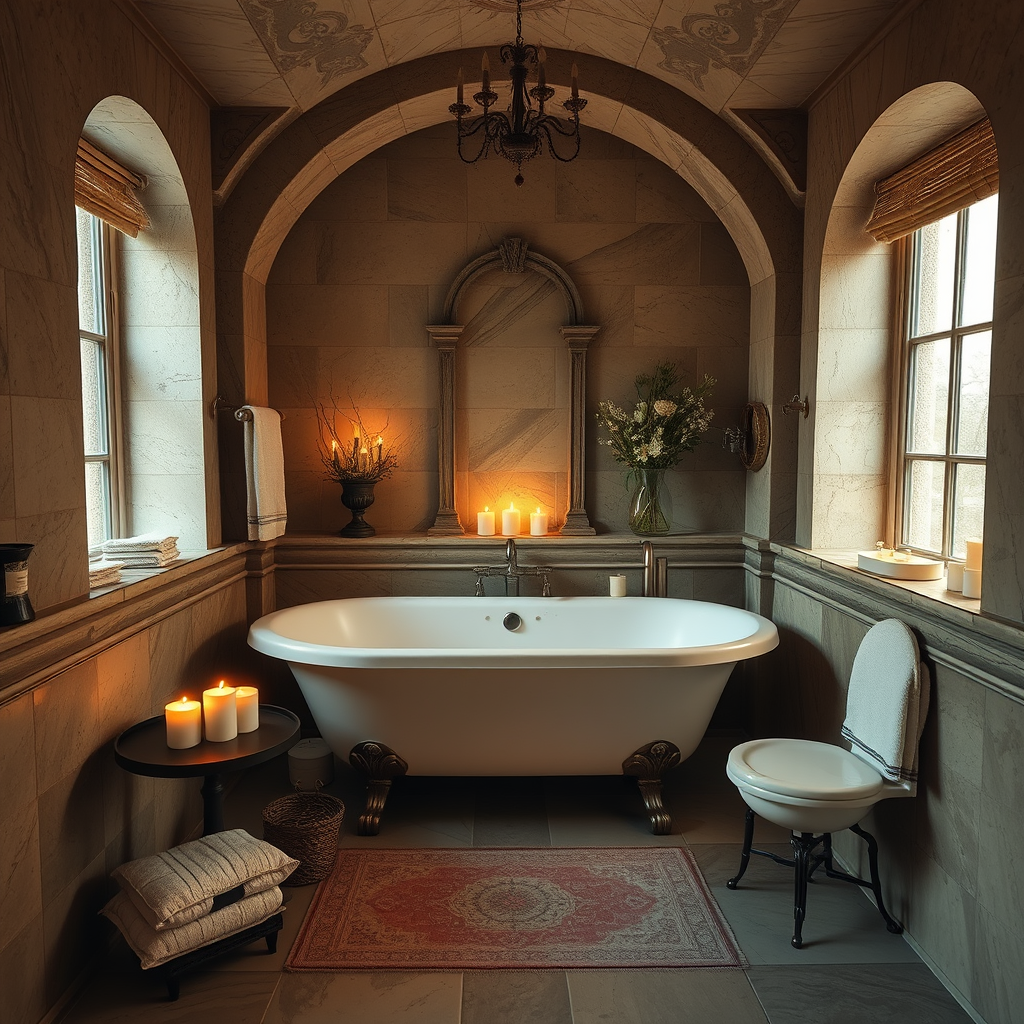The painter’s room is more than just a space to work; it’s a canvas in itself, where every detail contributes to the atmosphere of creativity and inspiration. Whether you’re a professional artist or a hobbyist, designing a painter’s room requires careful consideration of both aesthetics and functionality. Let’s explore the elements that make up the perfect painter’s room interior design.
**1. Color Palette:**
Choosing the right color palette is crucial for setting the mood of the room. Many painters opt for neutral walls, such as soft whites or light grays, to provide a clean backdrop for their artwork. However, accent walls or strategic pops of color can add personality and energy to the space. Consider incorporating colors that evoke creativity and stimulate the senses, such as blues for tranquility, yellows for optimism, or greens for balance.
**2. Lighting:**
Good lighting is essential for any artist’s workspace. Natural light is preferred whenever possible, so large windows or skylights are ideal for providing ample daylight. Additionally, adjustable overhead lighting and task lamps can be strategically placed to illuminate the workspace and reduce glare on the canvas. Soft, diffused lighting is preferable to harsh, direct light, as it creates a more comfortable and inviting atmosphere.
**3. Storage and Organization:**
An organized workspace is key to maintaining productivity and creativity. Ample storage solutions are essential for keeping art supplies tidy and easily accessible. Shelves, cabinets, and drawers can be used to store paints, brushes, canvases, and other materials, while wall-mounted pegboards or hanging organizers can help keep tools within reach. Consider incorporating storage solutions that not only maximize space but also add visual interest to the room.
**4. Furniture and Layout:**
The layout of the room should be conducive to both work and relaxation. A sturdy, adjustable easel is the centerpiece of the room, positioned to receive optimal natural light. Surrounding the easel, a comfortable chair or stool provides a place for the artist to sit while working. Additional seating, such as a cozy armchair or sofa, can be included for lounging or receiving guests. It’s essential to strike a balance between functionality and comfort in the furniture selection.
**5. Inspirational Decor:**
Inspirational decor elements can help set the tone for creativity in the painter’s room. Artwork, whether created by the artist or collected from other artists, can adorn the walls and serve as a source of inspiration. A gallery wall showcasing the artist’s own work can also add a personal touch to the space. Plants, decorative objects, and textiles can be used to add texture and visual interest, while motivational quotes or affirmations can be displayed as reminders of the artist’s aspirations.
**6. Personal Touches:**
Lastly, don’t forget to incorporate personal touches that reflect the artist’s personality and style. Family photographs, travel souvenirs, or favorite books can all add warmth and character to the room. Displaying works in progress or finished pieces throughout the space not only adds visual interest but also serves as a source of motivation and pride.
In conclusion, the perfect painter’s room interior design is a harmonious blend of aesthetics and functionality. It’s a space that stimulates creativity, promotes productivity, and reflects the unique personality of the artist. By carefully considering elements such as color, lighting, organization, furniture, decor, and personal touches, anyone can create a painter’s room that inspires greatness.

